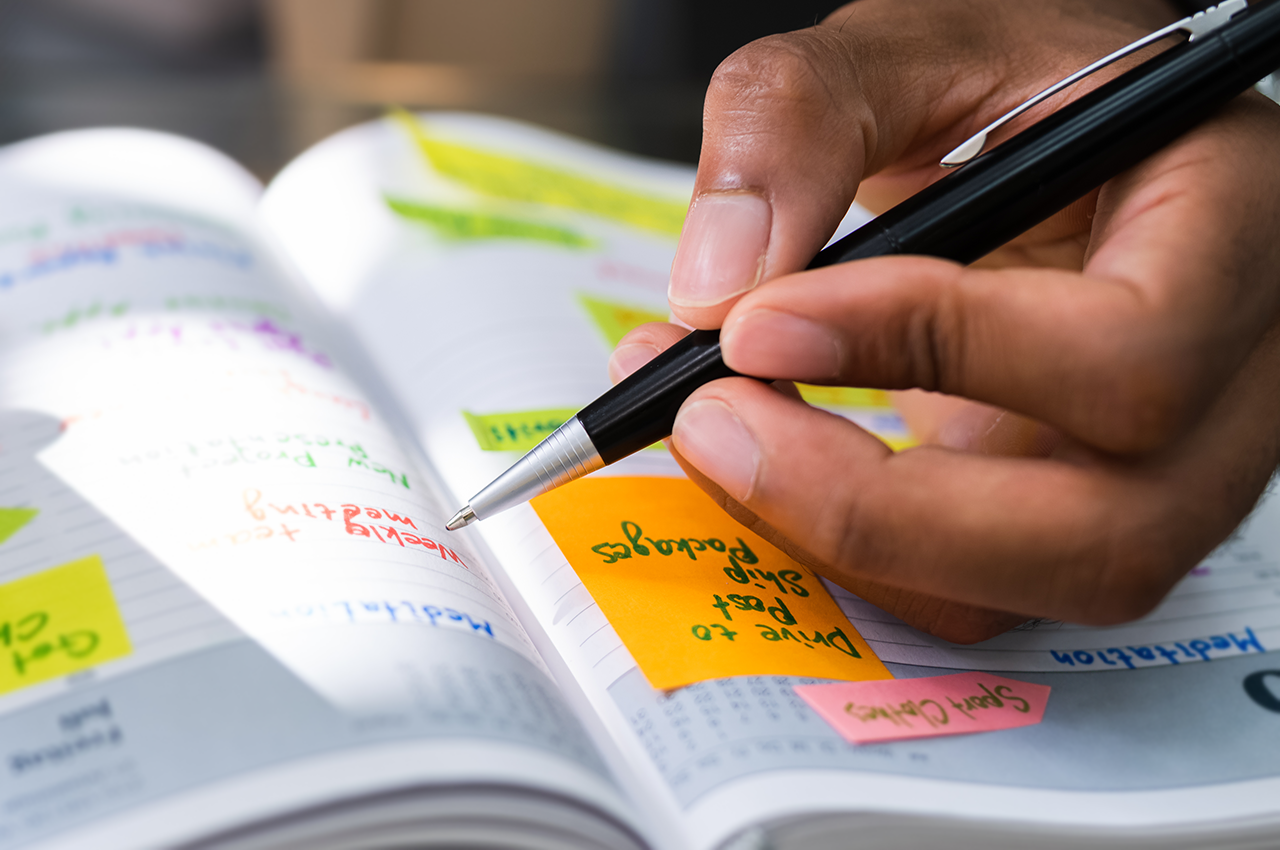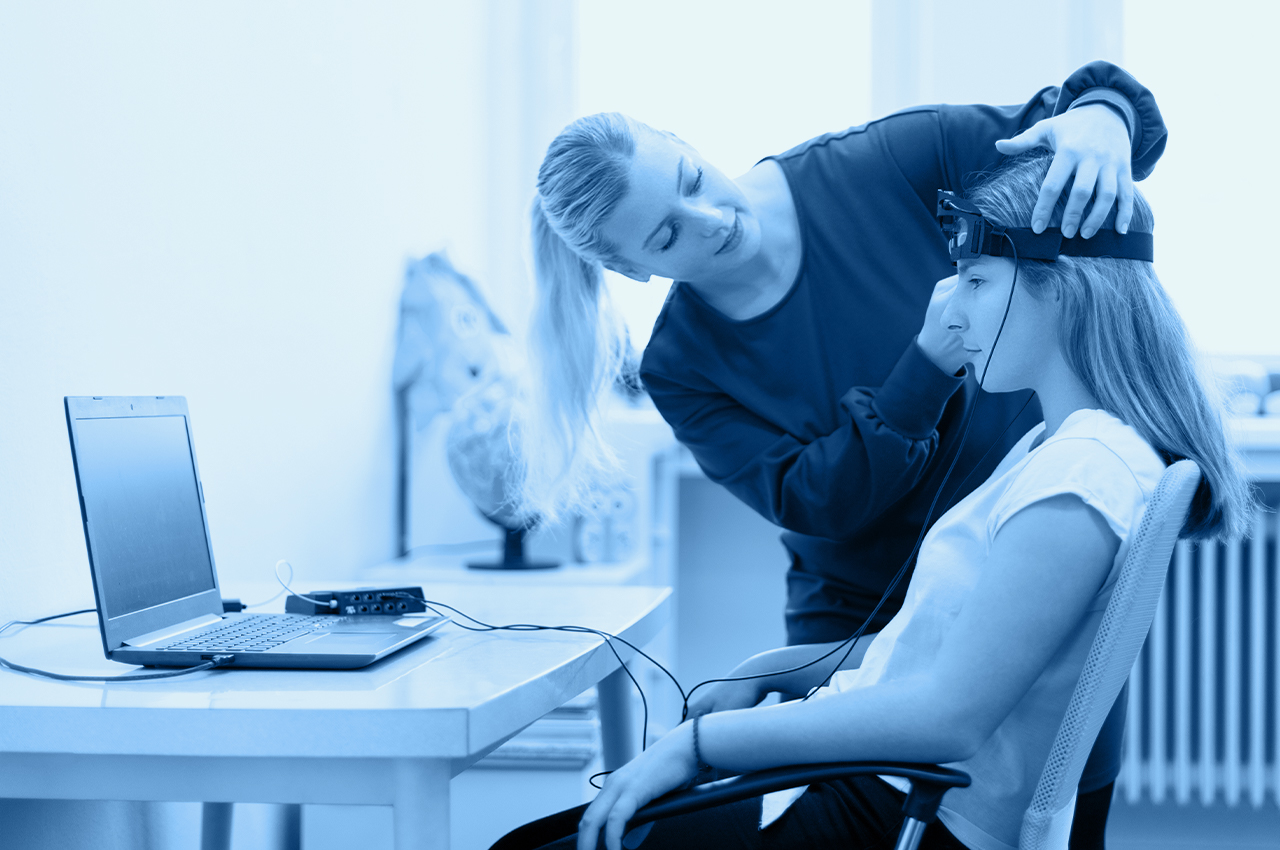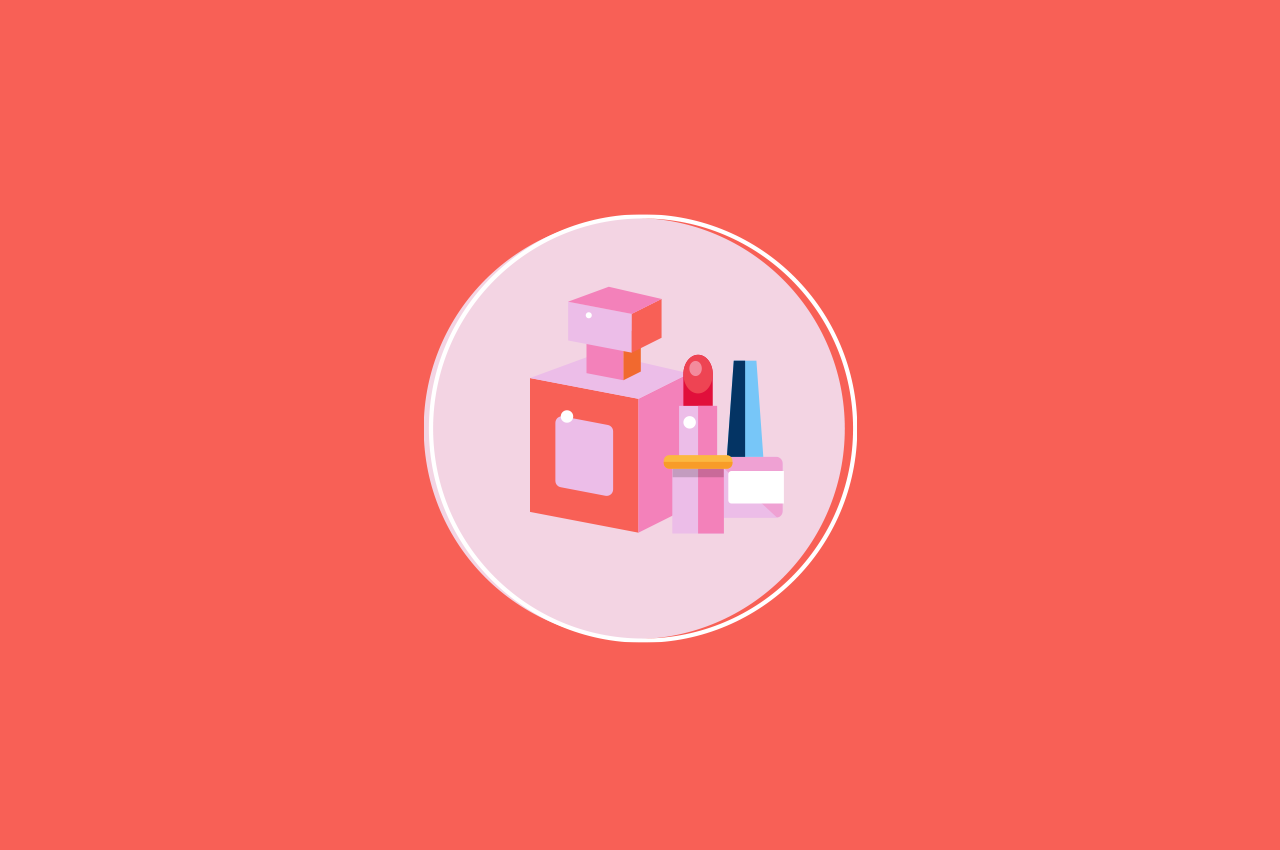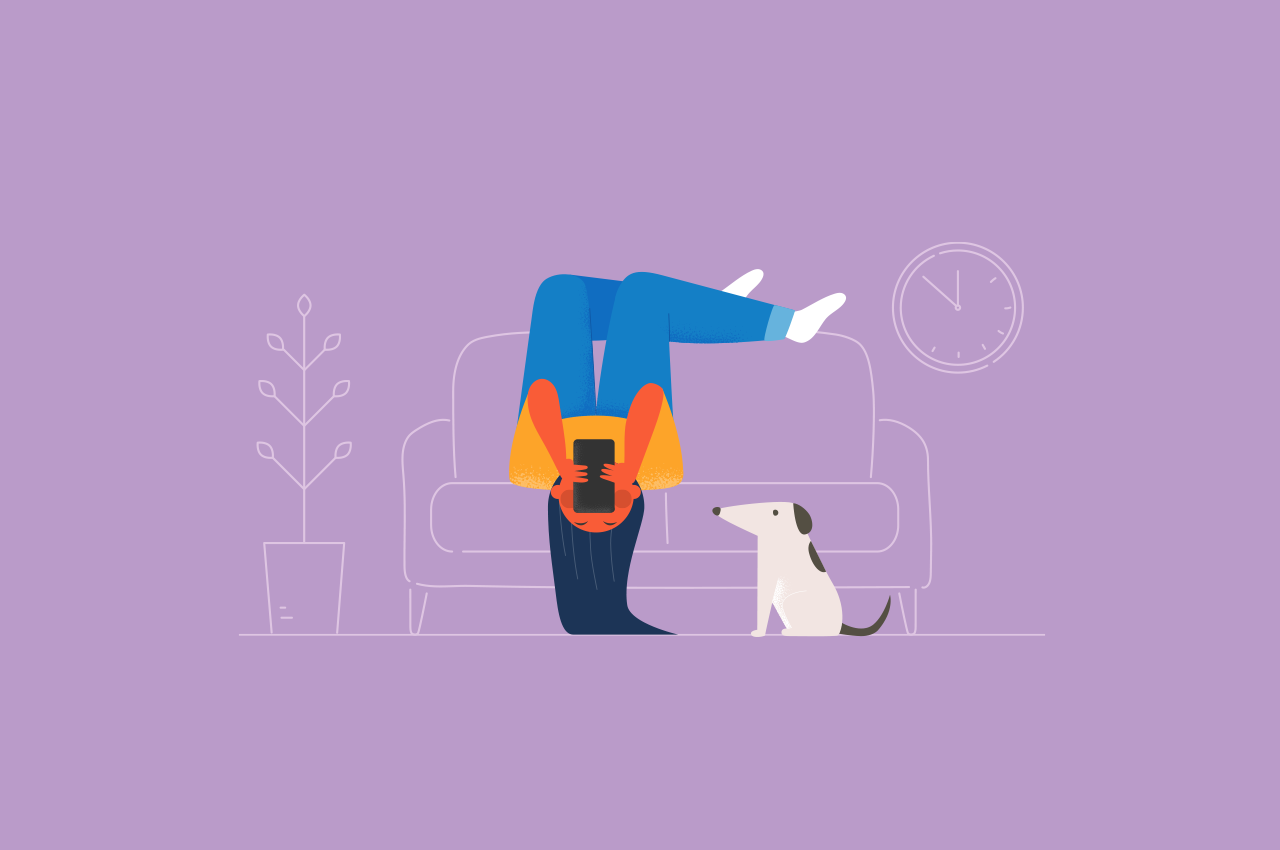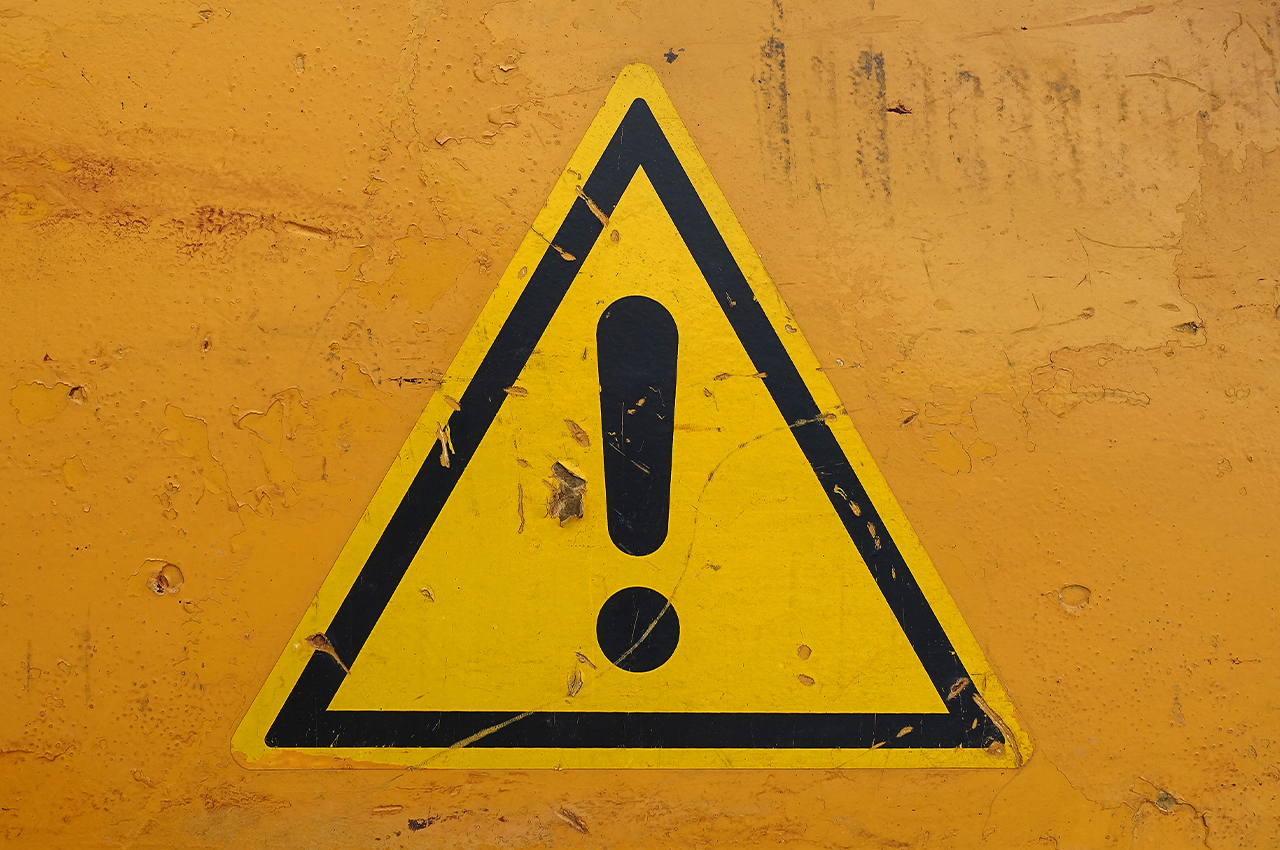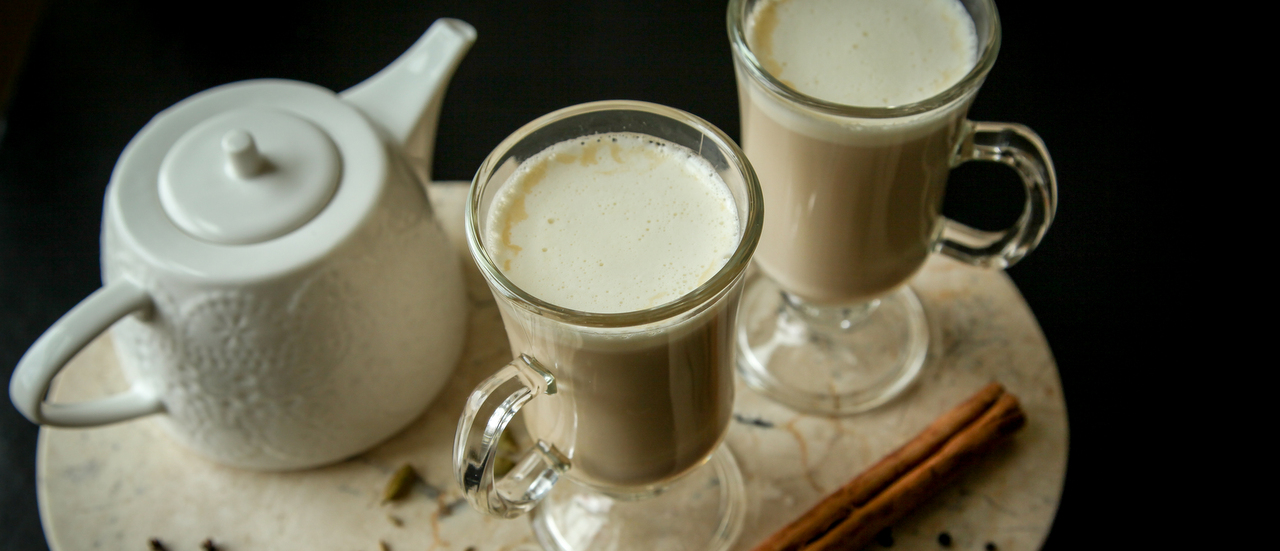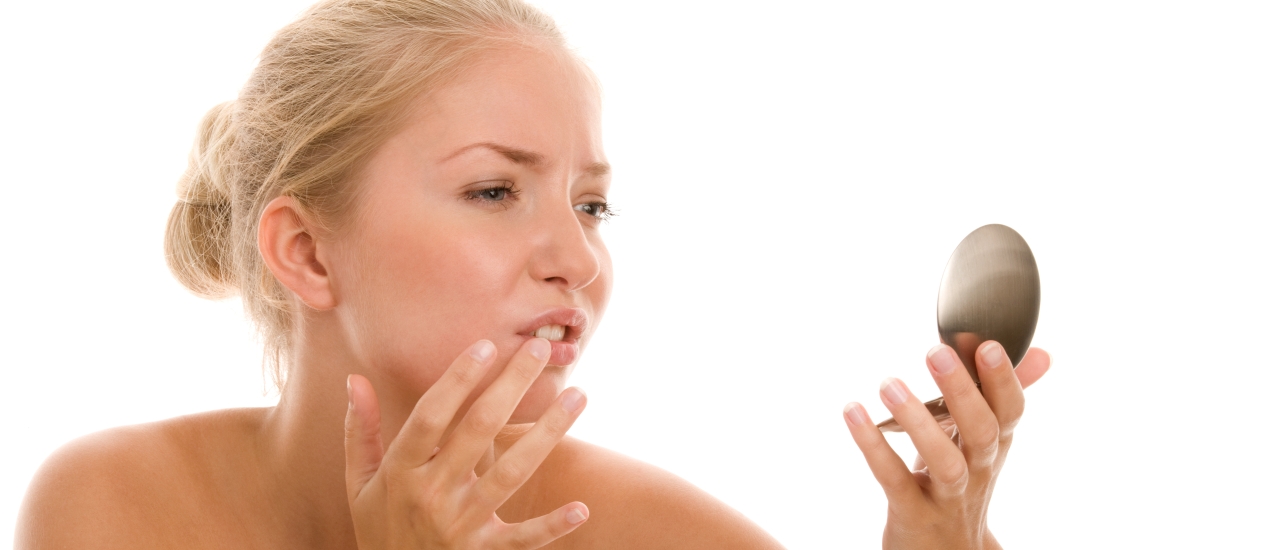It is tempting to read articles and see stories about success and believe it happened overnight. Not to say that never happens, but unfortunately, the idea of instant success is often more myth than fact. The truth behind success – be that in improving your academic performance, your physical health, your mental health, or your financial well-being – is a lot less glamourous. It involves a lot of hard work, and more importantly, a lot of planning.
Think about it – if you go away for a weekend, you plan your travel. Having a party? You plan the event. Each element is covered in minute detail. Living a life of success filled with meaning, happiness and fulfilment is no different. Yet many neglect to plan their lives and land up feeling disappointed and discouraged when they don’t achieve what they would like.
Why plan?
There is no doubt we’re living in uncertain times. Each day seems to bring with it a new challenge. The worrying, the wondering and the anticipating of what that next challenge is going to be can cause your mind to start spinning. While there is so much in the world that you can’t control, there is one thing that you can: yourself, and your actions.
Sure, you have a goal for 2021, and in theory it seems “easy” to achieve. If your goal is to improve your fitness, you may commit to being more active. If your goal is to be better with your money, you may commit to budget better. That’s a good start, but without planning on how exactly to achieve these targets, your goals may become another New Year’s resolution that falls quickly by the wayside.
How planning can help you reach your dreams:
- It helps you to identify your goal more clearly. Improving fitness is a general goal, but planning to do this would include more specifics, like “I need to exercise 5 days a week”
- It helps you to make sure that we understand your goal and what we need to do to reach it. To exercise 5 days a week, you will need to make the time to do so
- It helps you to see in advance those things that can help you achieve your goal and those things that can prevent you from achieving it
- It helps you to become accountable for what you do
- It supports your decisions on how best to use your resources (energy, people, time, money, information, equipment) so that they make the most significant contribution to achieving your goal.
- It allows you the opportunity to clearly assess and evaluate your achievements
- It gives you back control of your life in the middle of a pandemic!
Developing an action plan
Think of planning your life as setting the destination on Google Maps on your phone. Unless you have already been to the place you want to go numerous times and already know how to get there, you’ll need step by step instructions, including bus, taxi times and distances. Planning for your goals is no different.
To start your planning process, start by writing down these three simple questions:
- What is to be done?
- How should it be done?
- When does it need to be done by?
Then, under each item, write down all those things that you will need to do to complete each of the steps. These items will become your checklist, a tangible way of checking how you are progressing towards reaching your goal destinations. Make sure you include your action points on a calendar so that you have definite dates on which to do things.
The real power of a plan is that it will make it easier for you to say “no” to things that are not as important to you. It can be difficult to say “no” sometimes, but once you have learned to say “yes” to your goals as outlined by your plan, it will be easy to decide which opportunities are the really important ones.
There is no right or wrong way, or time, to start planning to achieve your goals. Don’t wait until things get back to “normal”. Accept that today is today, and if you want to achieve something, it’s as good a day as any to start planning!

